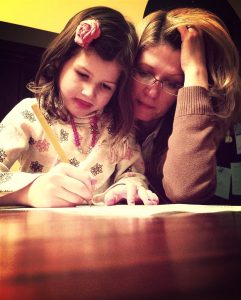 This week’s blog post is supposed to be about Makerspaces and fostering creativity with digital tools. I am not sure if I’ll get to that but I would like to talk about the realities of designing remote learning for Kindergarten. The BC Ministry of Education is asking kindergarten educators to provide one hour of educational opportunities per day. That sounds easy but before we can do it, we have to examine what our learners, and their families, really need.
This week’s blog post is supposed to be about Makerspaces and fostering creativity with digital tools. I am not sure if I’ll get to that but I would like to talk about the realities of designing remote learning for Kindergarten. The BC Ministry of Education is asking kindergarten educators to provide one hour of educational opportunities per day. That sounds easy but before we can do it, we have to examine what our learners, and their families, really need.
We must first consider that the remote learning experience necessitated by the COVID-19 pandemic is not like the distance learning programs organized by school districts. In Distance Learning, there is a home-facilitator who has thought about all the demands of home schooling and consciously made the decision to dedicate their time to educating their children. The facilitator and the learners, no doubt, have many innate qualities that make them suited to teaching and learning at home. The situation for parents and guardians suddenly dropped into the role may be quite different.
There are some parents that I spoke to this week that are thrilled to be forced to be at home with their children. They have been on homeschooling websites and Pinterest. They are building forts, skate ramps, collages, and paper maché globes. Natural makers! They have bought commercially available workbooks because, “He loves that kind of work!” These children are hungry for learning and the families are happy to keep working along their own way. What they are hoping for are opportunities for their children to interact with their friends. Then there are the others.
For a start, every teacher of young children has seen that students behave drastically differently with family than with adults and children at school. Some children are much more likely to resist schooling at home than in a classroom where perceived authority, well-practiced routines, and peer pressure help to keep learners moving forward. This resistance may result in increased tensions in the home at what is already a stressful time for many families. These families are looking to us to provide something structured for their children to do. They are hoping that if they can say, “Your teacher says you have to do this,” the child will be more inclined to do it.
Some adults have the added challenge of having their own jobs to do at home. Older caregivers simply do not have the energy to keep up. We are in week one and I have already spoken to three adults who are struggling with their children/grandchildren. High quality education is not the goal as much as keeping them busy.
Now add diversity and inclusion to the mix. Then, there are the scary things: children living in poverty, children living with abusive adults, and children without good nutrition. For some of these children, school is the safe place, where they are immersed in social connection.
And finally, there’s this email note from a parent:
We are not used to using technology in our house – it’s very limited, so, despite my awareness that it’s useful at this moment, I would love to maintain our guidelines at home. When work is provided, I’d love it to be…based on doing the activity (paper/pencil, hands-on, etc) with technology as a means of communication and supplemental learning resources, not the sole tool. I think what I’m trying to say is I don’t want anyone to become ‘used’ to using technology because of this ‘school at home’ phase we’re in.
Now take all these considerations and put them in the hands of educators who are phenomenal at their classroom jobs but are terrified of technology. Don’t get me wrong, there are many tech-savvy teachers out there, but the ones that need help, need A LOT of help.
So what does all this mean for designing remote learning for Kindergarten? For us it means providing as many choices as we can. We design with some routine activities, ones that students can do independently because they have done them before. We design some open ended activities so they can get creative with those keen parents and siblings. We design with activities that can be printed out and activities that can be acted out. We design with some activities that can be completed online and some that can be done orally. We design some activities that use apps for the tech savvy, and some that use paper and pencil for the technophobic. We search out photos and videos and make our own photos and videos, and ask for them to send photos and videos. We design activities that can be done indoors, outdoors, and out the window. We create far more than one hour of activities per day. Then we tell our home facilitators that the social-emotional wellbeing of their family is the most important thing and they don’t have to do any of it if it causes any undue stress.
In the end, the most significant thing we can do is talk with them, connect as much as possible, and facilitate connections between them. I would like to video conference with them so they can all see each others’ faces, even if only for the few minutes their attention spans allow. Because nothing online is ever simple, we have to wait and see if our school district will permit us to use Zoom. Zoom could very well be the most import digital tool for my little learners. We could use Microsoft Teams but because we can only see four faces, it won’t be as engaging for the littles and I won’t see the quiet ones. I will stand in their driveways to see them if I have to, because while I may be a remote Kindergarten teacher at the moment, I refuse to let them be invisible.
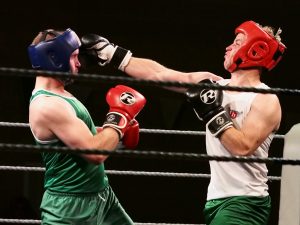
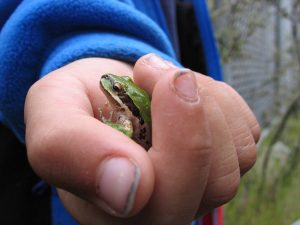
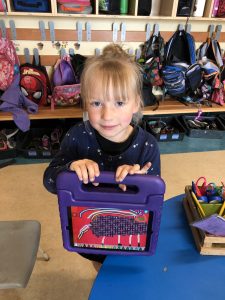
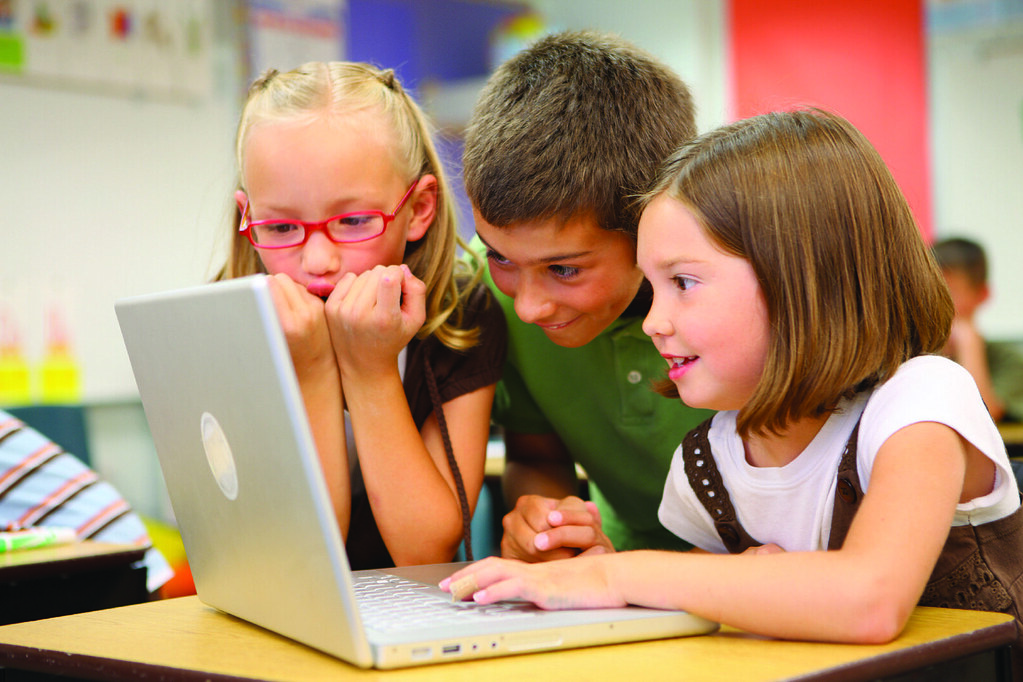
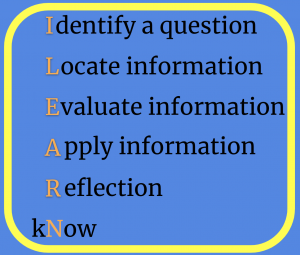
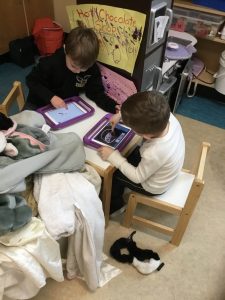
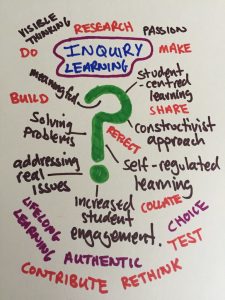
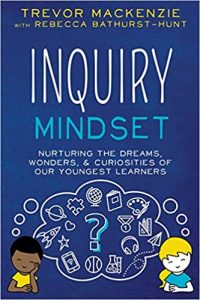
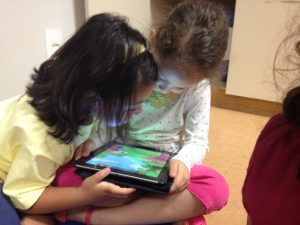
 In the film,
In the film,  It’s not until the actors see what the builders are doing that they stray from their role-play. It’s not until the fashion experts, see what the artists are d
It’s not until the actors see what the builders are doing that they stray from their role-play. It’s not until the fashion experts, see what the artists are d
Recent Comments